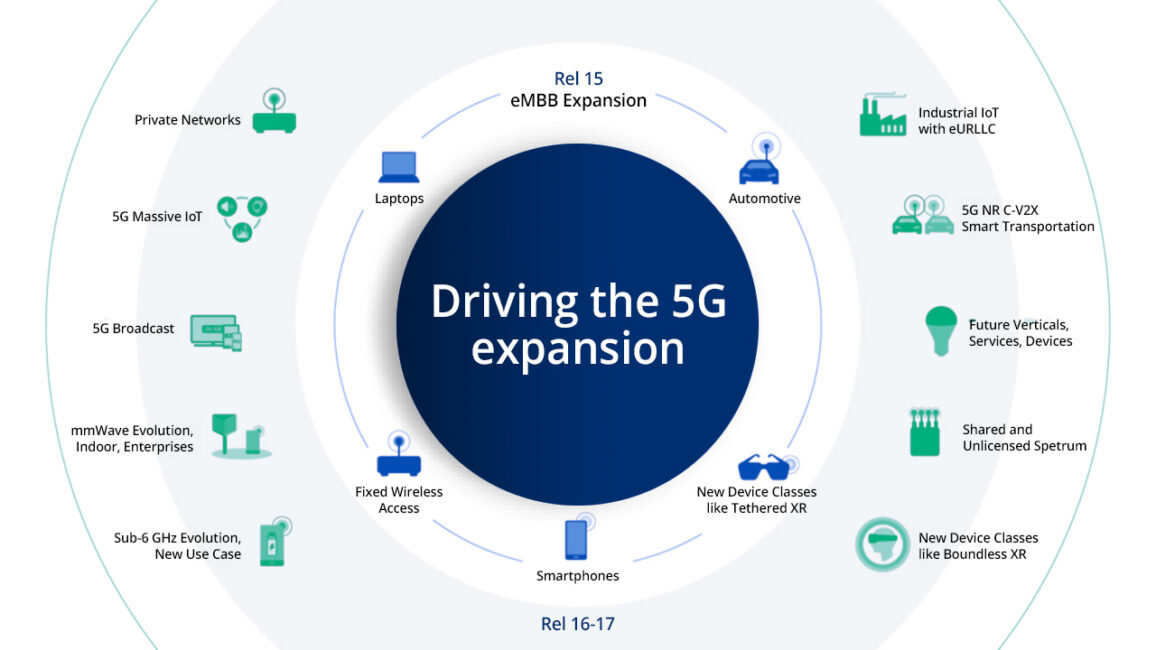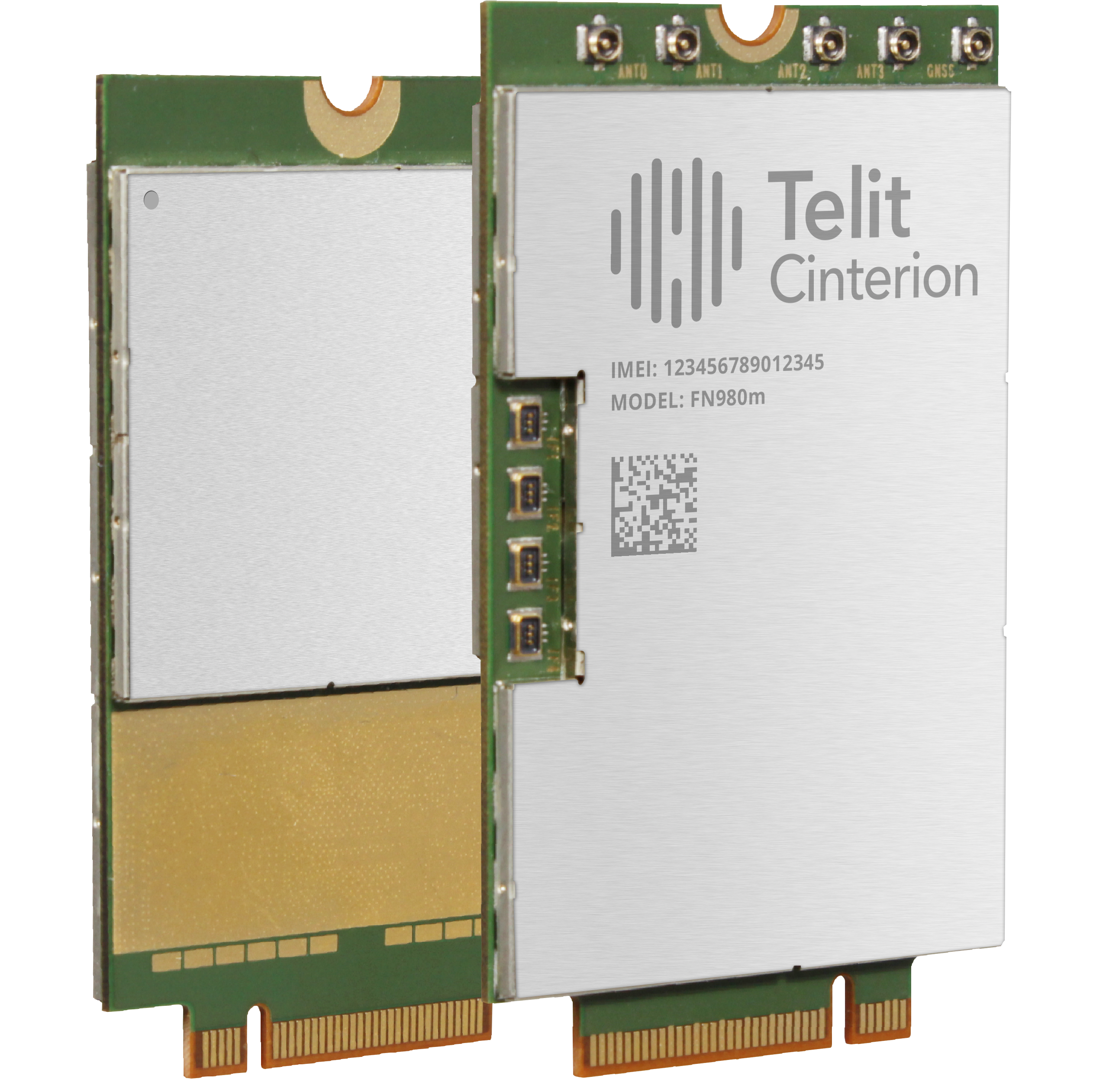Millimeter Wave Spectrum’s Role in 5G Network Enablement
By Safi Khan
July 23, 2024
Estimated reading time: 4 minutes
By 2030, over 29 billion devices will connect remotely to the web and each other. Internet of Things (IoT) solutions will be paired with 5G speeds ranging from 100 megabits per second (Mbps) to 10 gigabits per second (Gbps).

With so many devices taking up bandwidth, demand for a wireless network infrastructure that connects them is growing. Millimeter wave (mmWave) spectrum bands between 25 gigahertz (GHz) and 30 GHz were proposed to help liberate the airwaves. Today, mmWave is a mature technology used commercially in the U.S., Australia and China.
However, mmWave did not become the main technology to provide ultrahigh-speed cellular coverage. Instead, major operators now prioritize sub-6 GHz or the frequency range below 6 GHz in the radio spectrum. Still, mmWave is well suited for supporting mobile experiences for users, especially in densely populated areas.
The two definitive parts of 5G are mmWave and sub-6 GHz. Both have unique benefits that support distinct use cases.

mmWave was named after the phenomenon that makes the wavelength smaller when there is a high frequency. These smaller waves don’t travel well in the atmosphere over long distances. However, the lower the frequency, the further the wave travels.
mmWave works best at shorter ranges with a line of sight and few obstacles blocking the transmitter from the receiver. In cellular communications, carriers must use multiple-input, multiple-output (MIMO) antennas with focused beams that are processed digitally. These improve spectral efficiency and track users in real time.
As a result, the chip’s complexity became very high, increasing costs. While the economy didn’t permit mmWave to become more pervasive, it still satisfies many niche use cases.
The sub-6 GHz domain provides a vital portion of the spectrum on the lower bands. It serves as a compromise between the broad coverage of lower frequencies and the higher capacity of mmWave. For example, it provides appropriate speeds for devices in rural areas that don’t always have access to cell towers. It also enables use cases with suitable speeds, such as devices in lower-traffic rural areas that don’t always have access to cell towers.
The traditional channel the FCC offered in sub-6 GHz was once 20 megahertz (MHz) wide. This frequency limited how many bits one could fit when transmitting and receiving.
The FCC later offered a much wider spectrum with 100 (MHz) channels known as mid-band or C-band. C-band made it possible to send more data. In addition, it removed mmWave’s complexity and eliminated the need for massive MIMO beamforming.
Sub-6 GHz is also simpler and more affordable than mmWave. The carriers prioritized sub-6 upon realizing that installing special equipment like small cells to support mmWave would require considerable capital expenditure. In addition, more sophisticated and expensive mmWave antennas and certification steps would be required on the end device, increasing product costs.
Although the limited range of mmWave transmissions is a significant drawback for many use cases, this permits frequency reuse within short distances. Unlike the lower frequencies of sub-6 GHz, a higher concentration of transmitters can be placed in one geographical area with mmWave.
mmWave can provide coverage in areas where sub-6 GHz can’t, such as urban hot zones that require higher capacity (e.g., stadiums and airports). Sub-6 is dimensioned for a certain number of users. The network’s capacity could be overwhelmed in a densely populated zone where people use devices to watch videos or perform other high-speed activities. However, mmWave’s higher speed and available bandwidth allow it to handle larger loads and serve more people, quickly moving from one user to the next.
mmWave 5G technologies will improve speed and performance for many short-range wireless applications in different verticals, such as:


Telit Cinterion is at the forefront of mmWave technology. Our FN980m offering was one of the first mmWave M.2 modules to be certified and commercialized. When the shift to sub-6 GHz began, we adapted to ensure our customers had the best 5G products for their market needs.
Our robust cellular 5G data card portfolio enables commercial deployments for various applications, from smart city planning to security and surveillance. Speak with our 5G IoT experts today to test drive 5G in the real world.
Editor’s Note: This blog was originally published on 9 October 2018 and has since been updated.